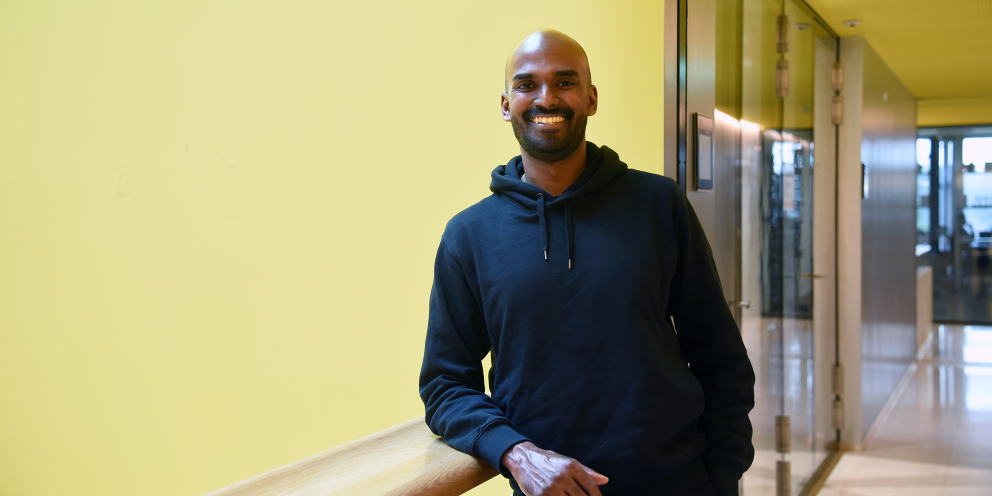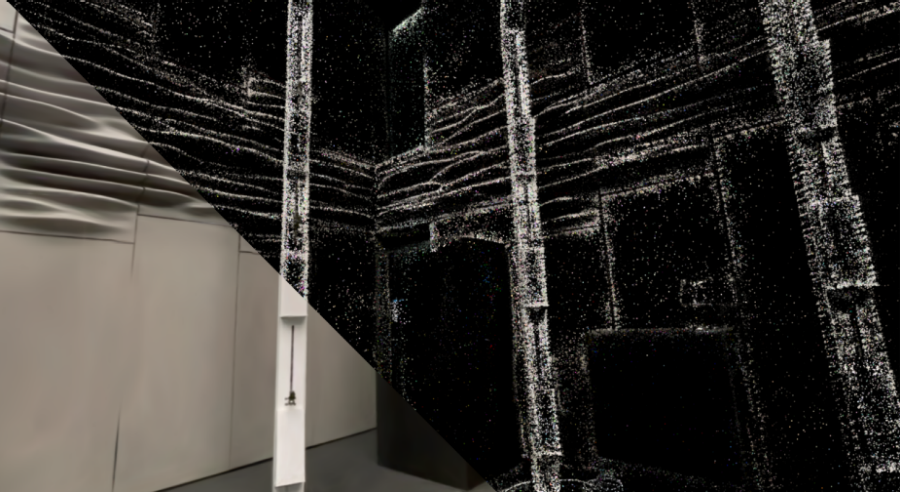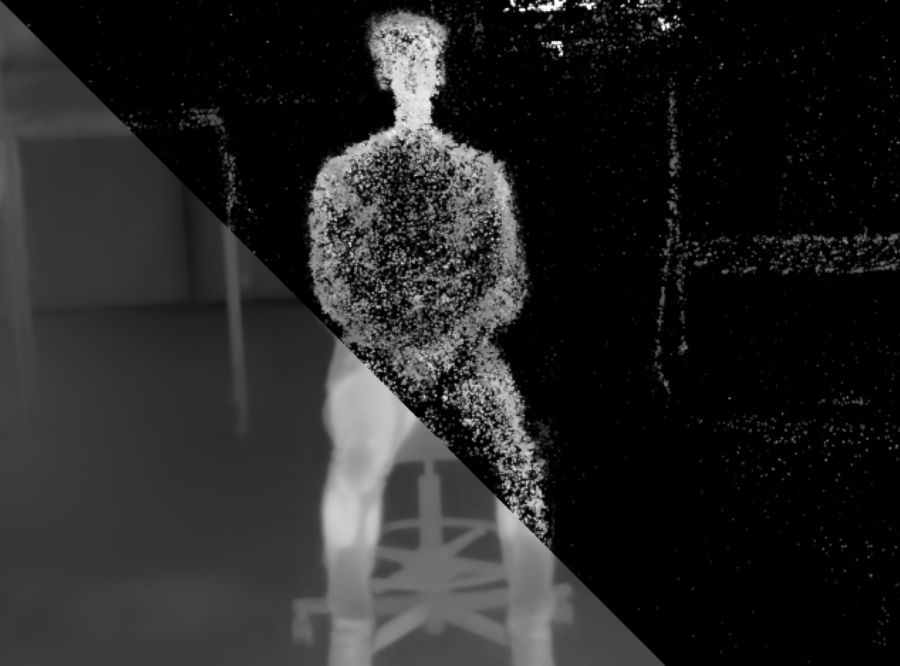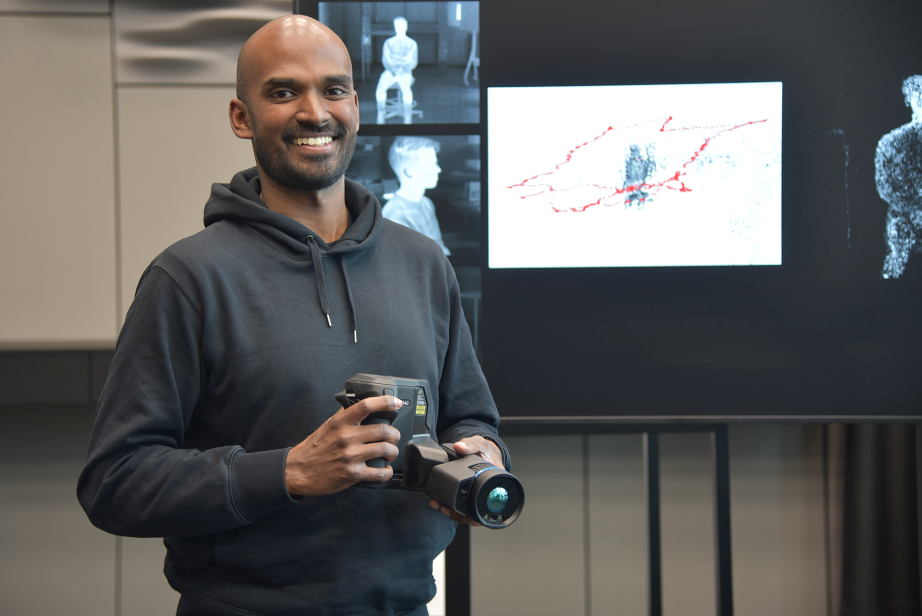Can you describe your current research project for a general audience and share what inspired your work?
I am part of the project “Extended Reality for Inspection, Assembly, Operations to support net-zero carbon infrastructure”, funded by the external page Albert Lück-Stiftung, led by Dr. Danielle Griego, Prof. Robert Flatt, Prof. Catherine De Wolf and Prof. Bernd Bickel. Together my colleagues Dr. Eleftherios Triantafyllidis and Stefan Zimmerman, we form the XR-Team.
My specific project explores how building operations affect energy performance and occupant comfort. Using visual computing and extended reality (xR), my research helps users “see” invisible energy flows and better understand how buildings function. Key contributions include user-friendly modeling and analysis with consumer XR tools, along with intuitive design guides powered by large language models (LLMs).
The inspiration comes from the urgent need to reduce global greenhouse gas emissions of which the built environment is a major contributor. By merging computational and architectural approaches, I aim to develop tools for domain experts to conduct fast and accurate building energy audits and recommend retrofit measures.
What are the potential real-world applications of your research within the AEC industry? How might it positively impact our built environment and everyday life?
I aim to make design and retrofitting scalable, accessible, and cost-effective for broader adoption of sustainable practices.
On a larger scale, these tools could accelerate the shift to carbon-neutral buildings, helping governments and businesses meet climate goals. They also have the potential to improve overall quality of life by making homes more comfortable and energy-efficient. By integrating spatial computing and LLM-powered design tools into retrofitting workflows, the process can become more user-friendly, encouraging active participation from occupants.



